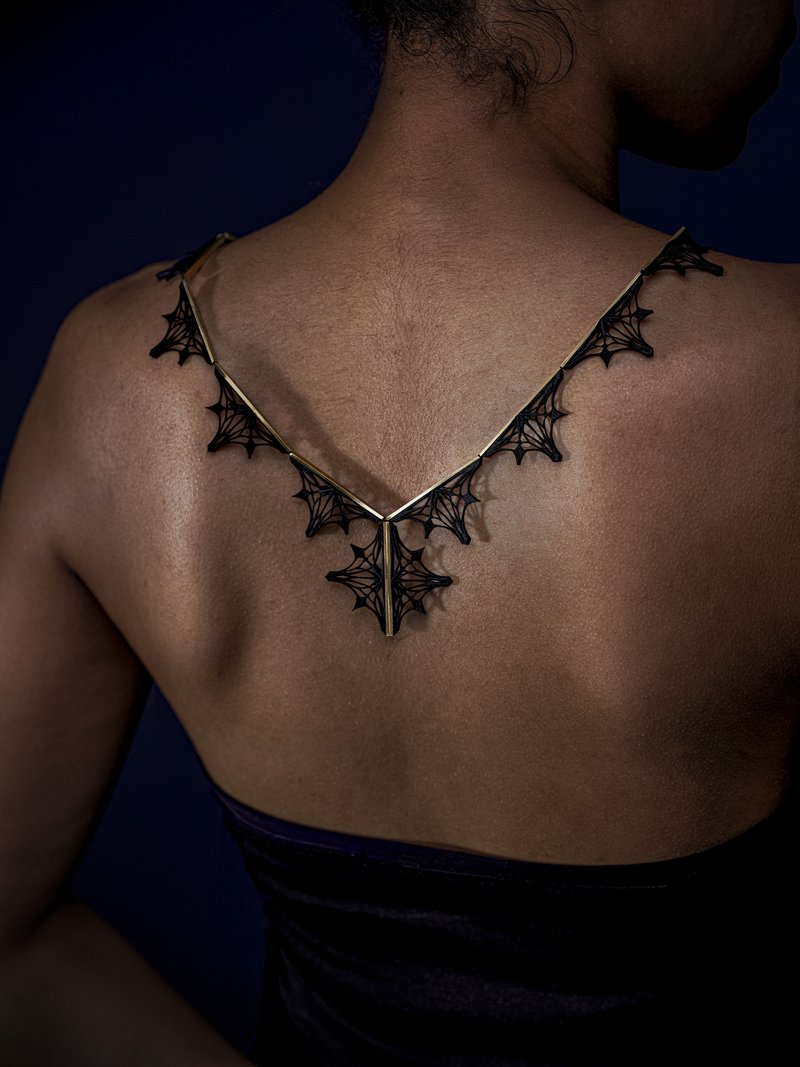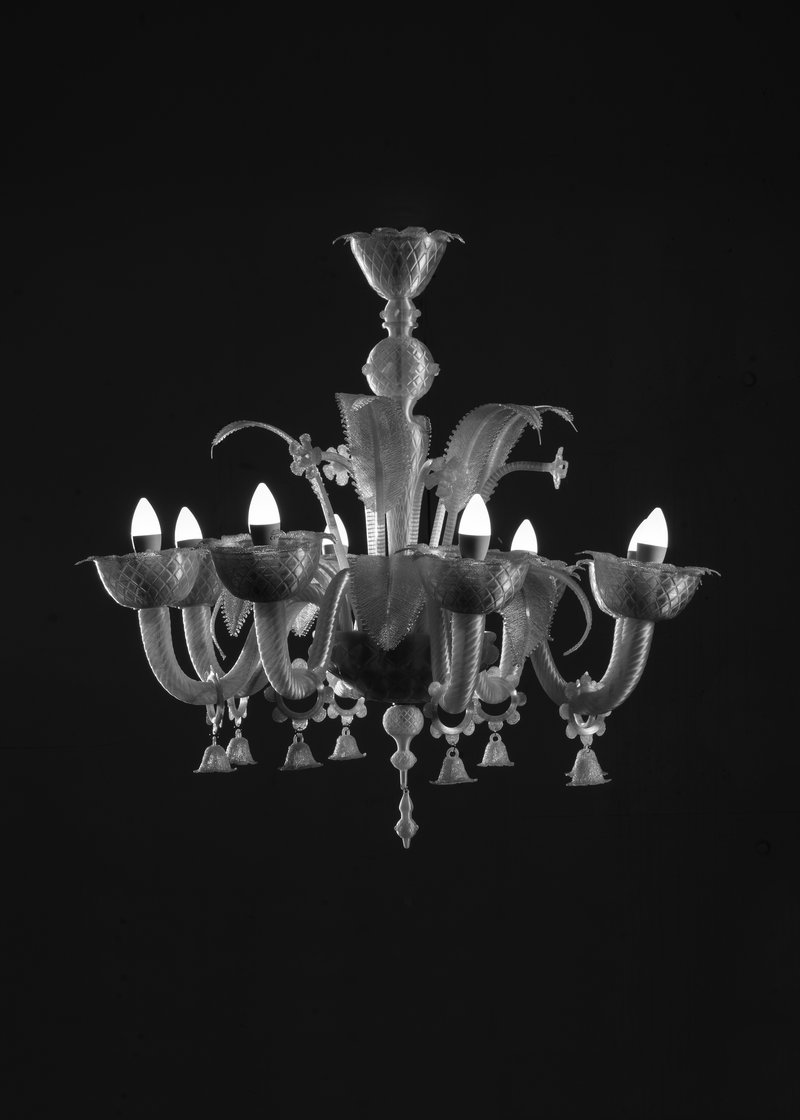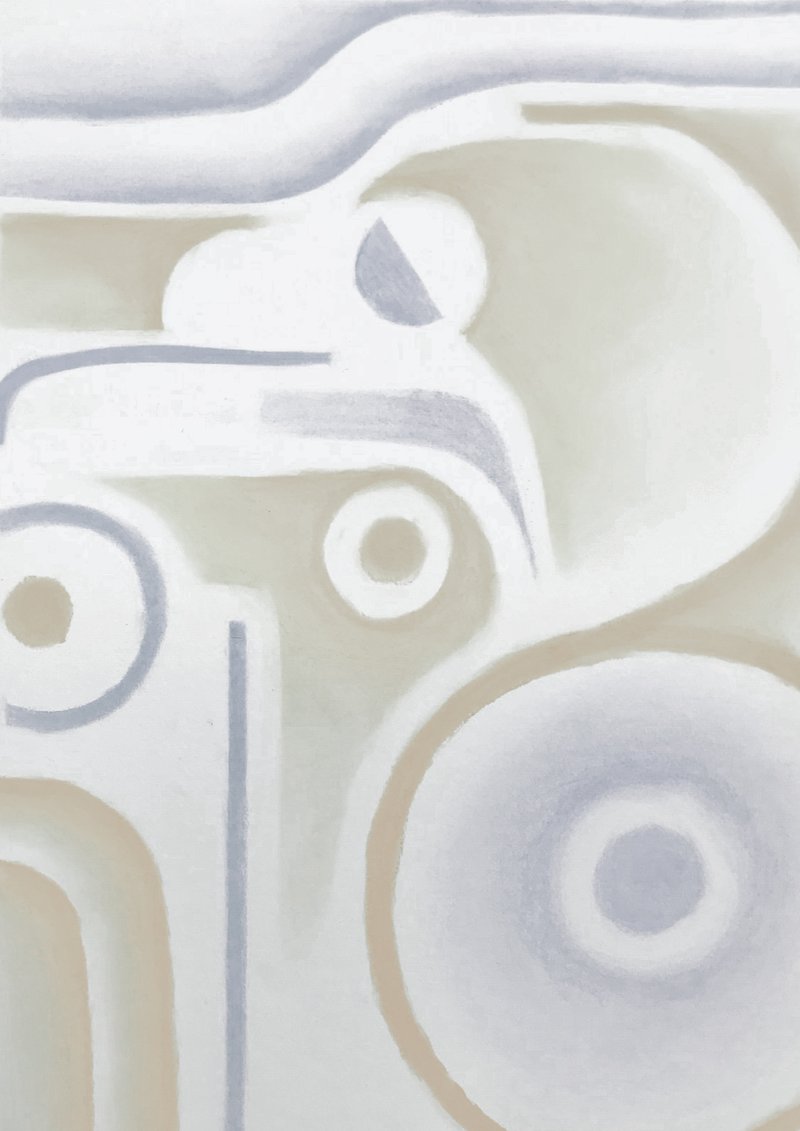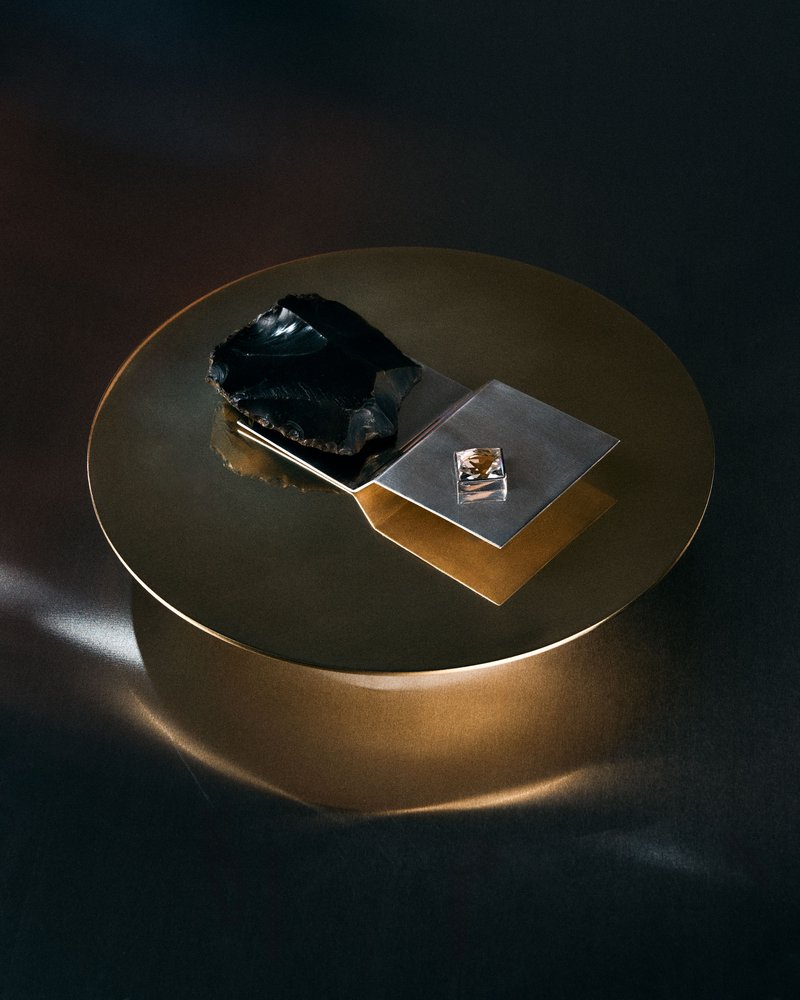Galaxy Mirror
Carson Hong
Escaping from the [magical] digital world where everything is controlled by the user’s voice – the idea for the project first came from observing the way people interact with others and objects. Galaxy Mirror is a communication accessory connecting family members through a human-friendly medium, stemming from research on universal human means of communication. Inspired by universal experiences and powered by today’s technology, Galaxy Mirror is at the nexus of human communications and the home environment.
Smart Stand
Charles Gastaud
This lamp consists of two main elements: the base, which can be used as a [Ed1] , and an articulated lampshade, in which a projector is hidden. When the projector is oriented directly towards its base, the device can simply be used as a connected lamp. The colour of the light can be changed or dimmed, but it also has additional functionality as an alarm clock display and to read messages, emails or notifications, among others. The lampshade can also be rotated in different ways in order to project onto a wall or the ceiling and allows a broader use similar to that of a standard projector, such as viewing videos, photos, presentations, etc.
Haptic Tactility
Charlotte Therre
This work is a research project on how installing haptic sensors together with textures under a soft surface (upholstered fabric for example) could functionally activate a digital response upon being touched, scrolled up/down, tapped, etc. It is a broad concept that shows how haptic texture hidden under a soft surface could enhance the user´s experience and interactivity with an interface or appliance without using a (visible) remote control or a keyboard. With an instinctive gesture, one can manipulate software, dimming, levels, a screen, etc. Aiming to empower the user and their senses in terms of a space or a specific action, the haptic texture itself is imperceptible unless a light pressure is applied, allowing a fully discreet, minimal and integrated flat surface on an object or within an environment.
Envelope
Chia-Ling Chang
Soft charging for devices through a tender gesture — putting it into a see-through envelope — which allows you to take your devices anywhere and access them even when they are charging inside. The induction components are arranged in and covered by transparent materials such as Tyvek, Japanese paper and various types of TPU. This project thus explores new uses relating to our devices while arousing more haptic senses. The choice of materials also addresses sustainability concerns. When the devices are activated, the UI and motion graphics interact withthe envelope’s translucent properties, creating a surprising experience and opening up the possibility for our devices to be more than just screens.
Reconciling Duality
Daejoong Kim
The design of mobile phones is becoming increasingly smooth and simple. UX design appears to be the priority in design nowadays, and it is a direction that I do not like. This project, imagined for Korean brand Samsung, aims to take a stand against this trend towards smoothness. We all like to make physical contact with the texture of objects we use daily.With this project, the goal is to develop a new, simplified vision of mobile phones that would interact with a new UI design. The cover has patterns and textures that aim to foster touch, feel, and minimalism.
Units
Ebony Lerandy & Pierre-Antoine Berthy
Units is a research project on different ways to experience Samsung earbuds. Through several earbud box proposals, it aims to create new user interactions and wearable options, with particular attention to materials and colours. Exploring shapes and playfulness, this project presents alternatives to the current way of wearing earbuds.
Mechanical Emotion
Fernando Rivero
We all communicate with our devices all the time. But they are usually static. People communicate with each other in much more complex ways. Non-verbal communication is part of our everyday lives, and certain gestures can provide a lot of information and feedback. How about giving our devices the ability to look at us when we want them to? To turn up when we get a notification? To answer us with gestures? To allow us to use them remotely without touching them? What if we turn our devices into robots? This exercise involved making an animated base for mobile devices to connect to, along with the accompanying interface. These two elements work together to generate different movements and gestures that allow us to complement the communication experience with our mobile devices.
Watch Cases
Luca Gruber & Paula Chacartegui
This project aims to propose new possibilities regarding how to integrate wearable technologies in our everyday lifestyle through natural interactions and better personalization options. The scenarios studied encompass fashion-oriented and active lifestyles, leading to a total of three devices: Loop, Necklace and Clip. All concepts enhance the possibilities of different CMF combinations and device-wearing options. Animated modifiable graphics complete the individual aesthetic of each piece.




















